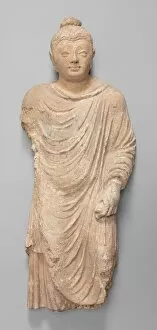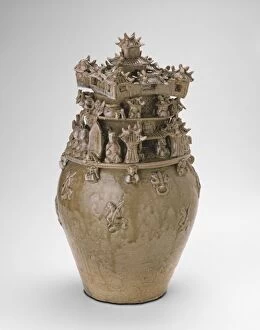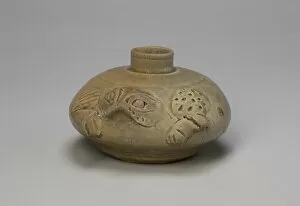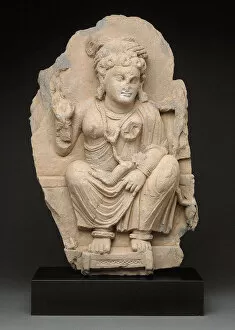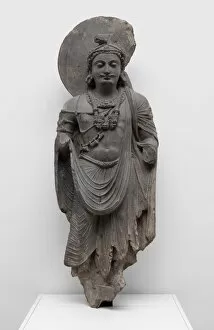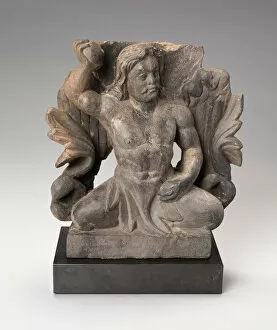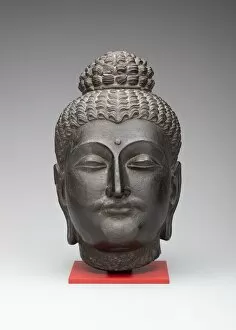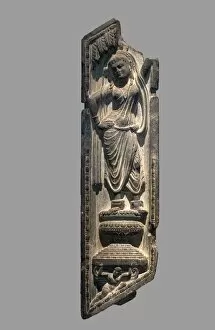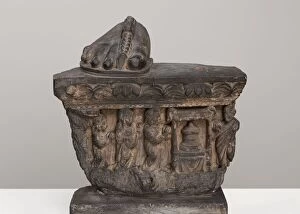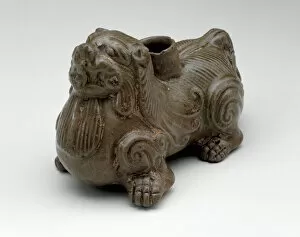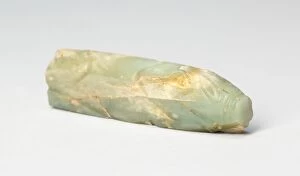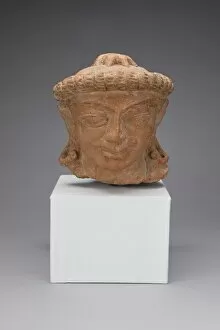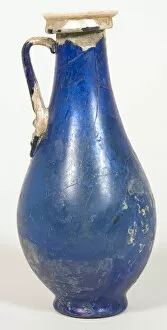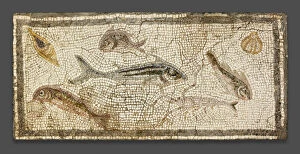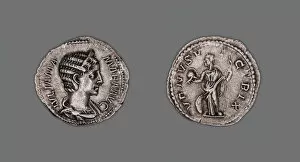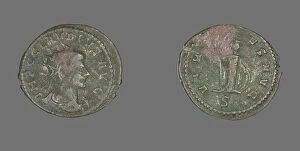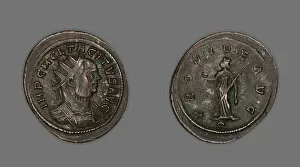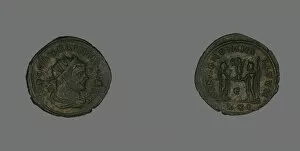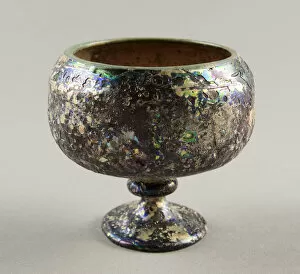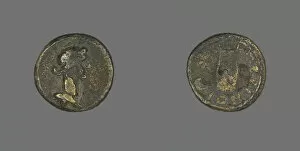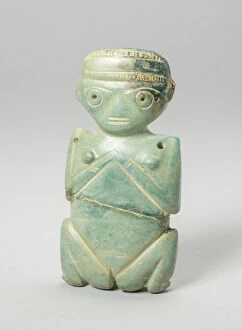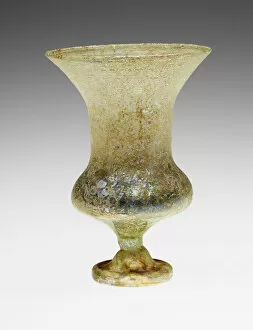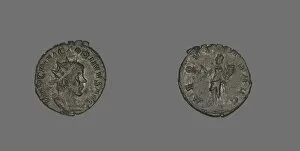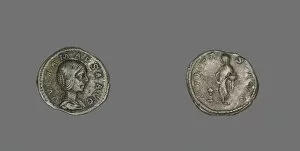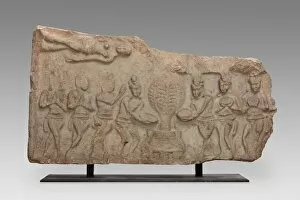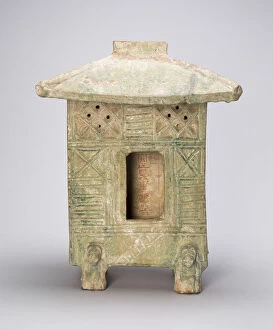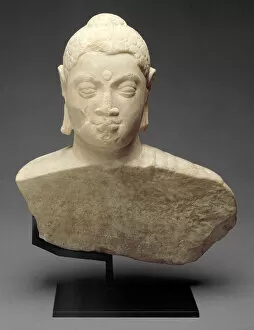3rd Century Collection (#9)
The 3rd century was a pivotal time in the Roman Empire, circa 200 AD. It was an era filled with remarkable art and cultural achievements that still captivate us today
For sale as Licensed Images
Choose your image, Select your licence and Download the media
The 3rd century was a pivotal time in the Roman Empire, circa 200 AD. It was an era filled with remarkable art and cultural achievements that still captivate us today. One such masterpiece is the Barberini Faun, a Roman marble copy of a sleeping or drunken satyr. Its intricate details and lifelike portrayal showcase the artistic prowess of this period. Another stunning artifact from this time is the Mosaic of Nine Muses, discovered in Augusta Treverorum (Trier). This mosaic depicts the muses, goddesses of inspiration, each adorned with their unique attributes. The vibrant colors and meticulous craftsmanship make it a true testament to Roman ingenuity. Traveling further south to Tunis, Tunisia, we encounter yet another breathtaking Roman mosaic housed in the Bardo museum. This intricate piece showcases scenes from daily life during this period - a glimpse into ancient society frozen in time. In Tebessa, Algeria stands an awe-inspiring sight - the Roman Temple of Minerva. Built during this epoch, its grandeur speaks volumes about Rome's architectural prowess and influence over distant lands. Moving away from visual arts but no less significant is Saint Anthony the Great, patron saint of basket makers. His devotion to Christianity as one of its first monks paved the way for future spiritual seekers seeking solace in solitude. Speaking of spirituality brings us to Liu Bei (161-223), also known as Xuande - an influential figure during China's Three Kingdoms period. His leadership skills and strategic acumen left an indelible mark on Chinese history. Returning to matters religiously profound leads us to Saint Anthony (c250-350), considered Christianity's first monk. A line engraving from 1832 captures him amidst his ascetic lifestyle in the desert – reminding us how faith can shape lives across centuries. Jan Muller's painting depicting St. Sebastian's martyrdom around 1600 takes us back to Rome.




